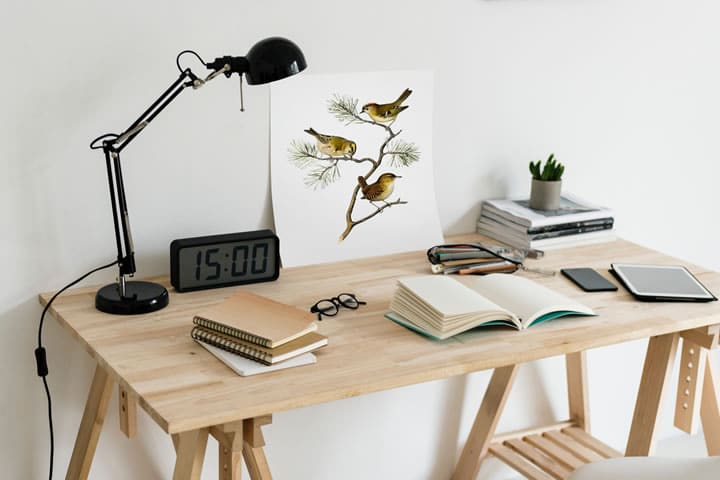180 Nutrition: High blood pressure. Organ damage. Increased risk of cancer. Decreased life expectancy.
Now I know those sound like the symptoms of a dangerous terminal illness, but no such thing; they’re actually the potential consequences of one of the most simple functions carried out every single day. Sitting down for too long.
And by sitting down for too long, I don’t mean staying in bed for days on end watching back to back episodes of the newest box set (although I don’t recommend that either!).
No, I mean going to work, doing your job, and sitting at your desk for eight hours every day, as most of us are becoming increasingly expected to do in the workplace.
With people getting busier, days in the office are getting longer; and breaks from the desk are getting fewer and further between.
However, sitting down for extended periods of time is slowly but surely leading workers into a premature grave.
I’ve said it before, and I’ll say it again. The human body is designed to move.
While a 45-minute gym class or run around the block bring a whole host of health benefits, with much of the workforce now sitting down at a desk for extended periods of time, even this regular movement won’t necessarily counteract the harmful effects that being deskbound in the workplace causes.
Sitting for longer than 30 minutes at a time on a regular basis is bad for your long-term health. To directly contradict this, Fair Work Australia only recommends a break every three hours. This means that those of you who are regularly tied to your desk meeting deadlines, or call centre workers with KPI’s to meet; sitting for three hours at a time is easy to become the norm.
For those of you who don’t have an active role at work, or for those of you who are seriously committed to those Netflix sessions, here are my top eight ways to counteract the harmful effects of sitting down for too long during the day to lead to a healthier life.
1) Get a stand-up desk
Where possible, invest in a stand-up desk. While your workplace might not want to fund this, it’s worth checking if you can buy your own and take it into the office. For a couple of hundred dollars, you will improve your health and potentially add years onto your life. Most stand-up desks are adjustable so you can alternate between standing and sitting to get a good mix of both throughout the day. Read more about this in our interview with guest expert Kelly Strarrett here.
2) Get off your seat to take phone calls
If you’re able to take calls on your mobile, invest in some headphones and every time you take a call pace the office or the corridors. You’re still working, so it won’t be viewed as an unauthorised break, but this is a great excuse to move away from the screen and your desk. Just be careful not to disturb your colleagues, nobody wants to be that person!
3) Set an alarm
No rule says you must drop and give me 20 push-ups every half an hour; you just need to stand up! If you’re likely to become engrossed in your work, set an alarm either on your phone or your desktop and make sure that you’re alerted every 30 minutes that it’s time to move. If you can get away from your desk for a couple of minutes, great, but if not make sure you stand up and do some calf raises, a couple of squats, or walk on the spot.
4) Exercise every day
While an exercise session every day isn’t going to counteract the effects of sitting for hours on end, it will certainly help. Join a gym, running club, or commit yourself to regular walks around your neighbourhood. Anything that gets the blood pumping and the endorphins flowing is a plus.
5) Take the stairs
Any form of incidental exercise contributes to a healthier body. Take the stairs, park further away in the car park, and offer to help someone carry their boxes to get your blood pumping a little bit harder.
6) Drink lots of water
Not only does water keep your body hydrated, it also means you will need to use the bathroom more. The more you use the bathroom, the more you leave your desk!
7) Exercise on the spot
When you brush your teeth or wash up at home, do a few calf raises. They will strengthen your muscles and improve blood flow around your body without you changing your routine. Get into the habit of introducing exercise while you stand and you’ll soon notice this is part of your routine wherever you are and whatever you’re doing.
8) Use a pedometer
Either buy a pedometer or download a pedometer app on your phone to keep note of how many steps you take each day. There is no official recommendation for the number of steps the average adult should take each day but according to research undertaken by ABS, adults over 18 years and over do take an average of at least 10,000 steps per day.
Your target number of steps will vary depending on your current goals and condition, however, having visibility over your daily number of steps will help you decide if you need to make a more conscious effort to move more throughout the day.
Sometimes it’s the simple things that are causing the most harm. You can have a healthy, balanced diet, a regular exercise plan, yet still, be causing long-term damage to your body. Follow these tips and get as much standing time as possible for the benefit of your overall health.







